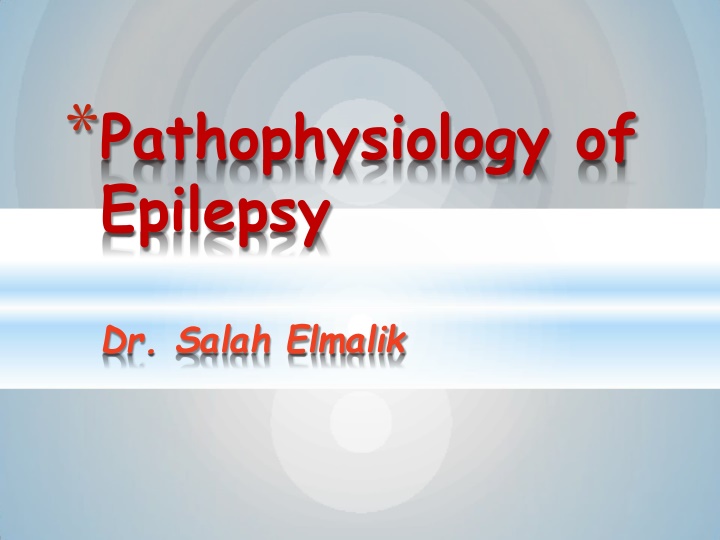Background to the WholeUGrain Project
The WholeUGrain project originated from the Danish whole grain partnership's success in boosting whole grain intake. Launched in November 2019 and concluding in October 2022, this 3-year initiative involves partners from Denmark, Bosnia and Herzegovina, Slovenia, and Romania. Tailored transfer and implementation tools, consultations, and stakeholder events are provided to assist partners in establishing their own whole grain partnerships as per EU guidelines. Visit the project website for more information.
Download Presentation

Please find below an Image/Link to download the presentation.
The content on the website is provided AS IS for your information and personal use only. It may not be sold, licensed, or shared on other websites without obtaining consent from the author.If you encounter any issues during the download, it is possible that the publisher has removed the file from their server.
You are allowed to download the files provided on this website for personal or commercial use, subject to the condition that they are used lawfully. All files are the property of their respective owners.
The content on the website is provided AS IS for your information and personal use only. It may not be sold, licensed, or shared on other websites without obtaining consent from the author.
E N D
Presentation Transcript
*Pathophysiology of Epilepsy Dr. Salah Elmalik
*Objectives *At the end of this students should be able to:- lecture the 1. Define Epilepsy 2.Etio-pathology of Epilepsy 3.Types of Epilepsy 4.Role of Genetic in Epilepsy 5.Clinical Features 6.Role of Electro Physiological tests in the diagnosis of Epilepsy
* Definition of seizure and Epilepsy *Seizures are symptoms of a disturbance in brain function , which can be due to epilepsy or other causes *A seizure is a sudden surge in electrical activity in the brain that causes an alteration in sensation, behavior, or consciousness
*Abnormal , excessive electrical discharge of a group of neurons within the brain. *When a person has recurrent ( 2 or more) , unprovoked seizures epileptic . *Hence seizures can be a symptom of epilepsy .
*Seizures *Partial * or *Generalized
*a. Simple partial seizures manifest motor, somatosensory, and psychomotor symptoms without impairment of consciousness(e.g Jaksonian seizures) *b. Complex partial seizures impairment of consciousness
Partial psychomotor (temporal lobe) seizure Epileptic seizures which originate in the temporal lobe of the brain. The seizures involve sensory changes, for example smelling an unusual odour that is not there, and disturbance of memory. Visual , auditory , olfactory or visceral hallucinations, d j vu (over familiatry), feelings of unreality (jamais vu) The most common cause is mesial temporal sclerosis
Jacksonian epilepsy Focal motor seizures begin in motor areas of cerebral cortex, usually begins with twitching of the thumb or finger , toe or the angle of the mouth. Spreading to involve the limbs on the side opposite the epileptic focus. Clinical evidence of this spread of activity is called the march of the seizure
Simple partial seizures can progress to complex partial seizures, and complex partial seizures can secondarily become generalized. Seizures affect all ages. Most cases of epilepsy are identified in childhood, and several seizure types are particular to children.
*c. Generalized seizures *manifest a loss of consciousness convulsive or non-convulsive *Generalized seizures include *(1) generalized tonic- clonic seizures(GTC) *(Grand Mal epileptic seizure ) *(2) Absence seizures (Petit mal epileptic seizures) GTC are convulsive and Absence are non- convulsive .
* Seizure Classification & Clinical Manifestations 1. Focal / Partial seizures their onset ( start) is limited to part of the cerebral hemisphere 2. Generalized seizures those that involve the cerebral cortex diffusely ( whole of it ) from the beginning (generalized seizures)
*The onset of a seizures: Small group of abnormal neurons undergo prolonged depolarizations -Rapid firing of repeated action potentials *Spread to adjacent neurons or neurons with which they are connected into the process.
*A clinical seizure occurs when the electrical discharges of a large number of cells become abnormally linked together, creating a storm of electrical activity in the brain. *Seizures may then spread to involve adjacent areas of the brain or through established anatomic pathways to other distant areas.
Generalized 1- Generalized tonic-clonic (grand mal) seizure a. +/- aura (peculiar sensation or dizziness; then sudden onset of seizure with loss of consciousness) tonic phase : Rigid muscle contraction in which clenched jaw and hands; eyes open with pupils dilated; lasts 30 to 60 seconds clonic phase: Rhythmic, jerky contraction and relaxation of all muscles in with incontinence and frothing at the lips; may bite tongue or cheek, lasts several minutes. *postictal state: Sleeping or dazed for up to several hours.
Generalized 2. Absence ( petit mal) seizure a. Loss of contact with environment for 5 to 30 seconds. b. Appears to be day dreaming or may roll eyes, nod head, move hands, or smack lips. c. Resumes activity and is not aware of seizure.
*Clinical Manifestation of Seizure: *The clinical manifestations of a seizure reflect the area of the brain from which the seizure begins (i.e., seizure focus) and the spread of the electrical discharge.
* Clinical manifestations accompanying a seizure are numerous and varied, including * (1) indescribable bodilysensations, * (2) "pins and needles"sensations, * (3) smells orsounds, * (4) fear ordepression, * (5)hallucinations, * (6) momentary jerks or headnods, * (7) staring with loss of awareness,and * (8) Convulsions i.e., involuntary muscle contractions)lasting seconds to minutes.
Aetiology of seizures Epileptic Idiopathic (70-80%) Cerebral tumour Neurodegenerative disorders (Alzheimer, Multiple sclerosis) Secondary to Cerebral damage: e.g. congenital infections, intraventricular haemorrhage Cerebral dysgenesis/malformation: e.g. hydrocephalus
Non-epileptic Febrile convulsions Metabolic Hypoglycemia HypoCa, HypoMg, HyperNa, HypoNa Head trauma Meningitis Encephalitis Poisons/toxins
Pathophysiology of Epilepsy ( at molecular level) Cortical cell membrane level Hypersensitive neurons with lowered thresholds for firing and firing excessively , related to (1) Excess of Excitatory ( acetylcholine- or Glutamate related activity ) (2) Decreased inhibitory ( GABA related activity) Together or any one of the above leading to instability of cell-membrane & lowered threshold for excitation excessive polarization, hypopolarization allowing the cell to be more susceptible to activation spontaneously or by any ionic imbalances in the immediate chemical environment of neurons
*Genetic & Epilepsy: *Some types linked to genes (run in families) *Genetic abnormalities increasing a person's susceptibility to seizures that are triggered by an environmental factor *Several types of epilepsy have now been linked to defective genes for ion channels, the "gates" that control the flow of ions in to and out of cells and that regulate neuron signaling. Examples: Benign familial neonatal seizure Autosomal dominant nocturnal frontal lobe epilepsy Progressive myoclonic epilepsy syndrome
* Electroencephalogram ( EEG) EEG is helpful for establishing the diagnosis, classifying seizures correctly, and making therapeutic decisions In combination with appropriate clinical findings, epileptiform EEG patterns termed spikes or sharp waves strongly support a diagnosis of epilepsy EEG in patients with seizures : focal epileptiform discharges indicate focal epilepsy generalized epileptiform activity indicates a generalized form of epilepsy. Most EEGs are obtained between seizures, and interictal abnormalities alone can never prove or eliminate a diagnosis of epilepsy Epilepsy can be definitely established only by recording a characteristic ictal discharge during a clinical attack. 3Hz spike-and-wave (spike and dome pattern) activity occurs specifically in petitmal























